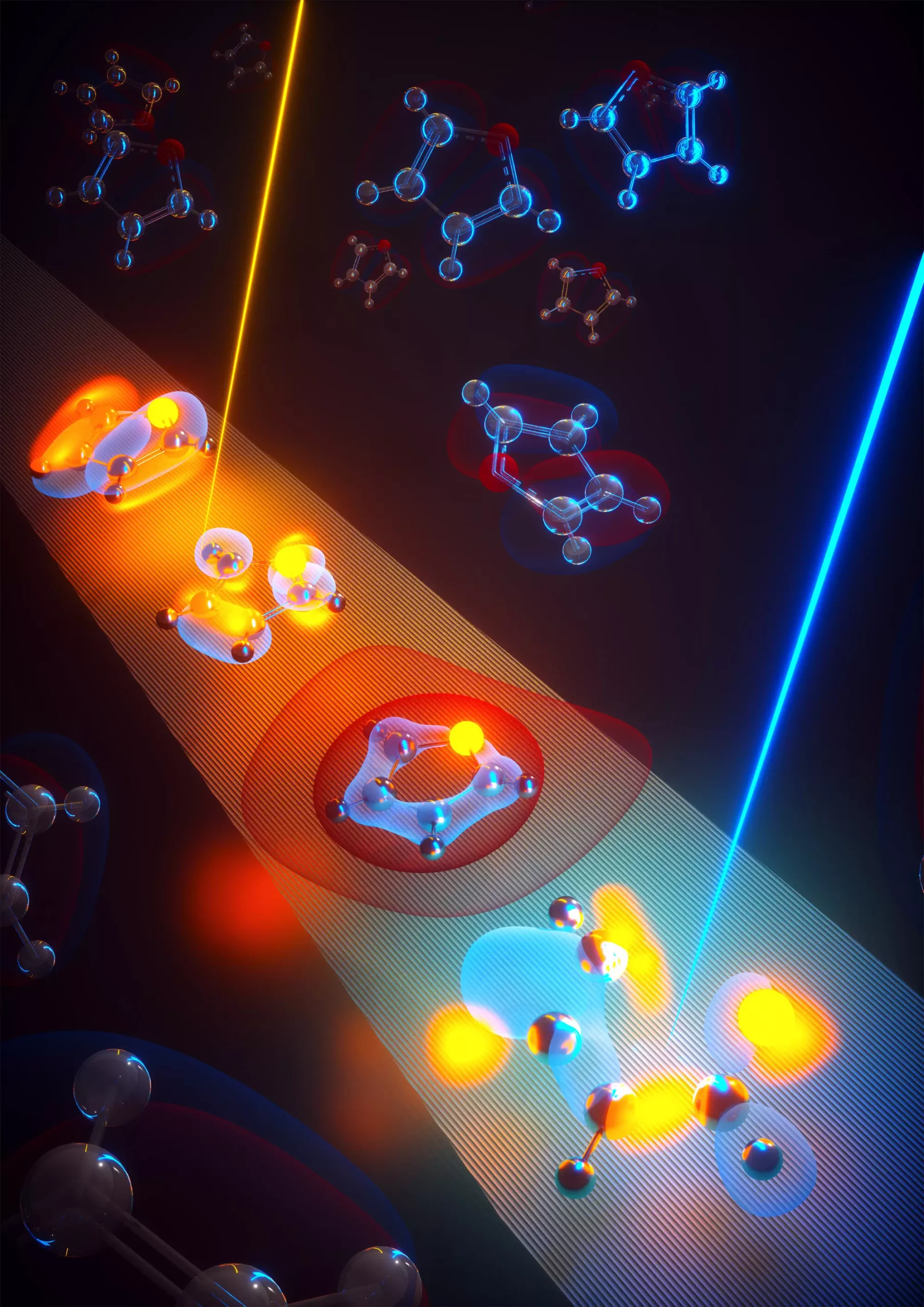Understanding the intricate mechanisms of chemical reactions at the molecular level has always been a major challenge for scientists. The dynamics involving electrons and nuclei in these reactions often lead to complex processes such as conical intersections, which play a crucial role in biological and chemical functions. However, detecting and analyzing these dynamics in real-time has been a daunting task due to the fast and intertwined nature of electronic and nuclear motions.
In a groundbreaking study published in Nature Photonics, a team of researchers led by Dr. Jens Biegert from ICFO has introduced a powerful tool based on attosecond core-level spectroscopy. This innovative approach allows for the real-time investigation of molecular dynamics, overcoming the challenges posed by the simultaneous tracking of nuclear and electronic motions in ultrafast timescales. The researchers demonstrated the effectiveness of their method by studying the ring-opening dynamics of gas-phase furan, a cyclic organic molecule with significant implications in various industrial applications.
By employing a combination of pump and probe pulses, the research team was able to precisely track the evolution of furan as it undergoes ring-opening. The detection of conical intersections, which serve as gateways between different energy states during the molecular transformation process, provided valuable insights into the structural and electronic changes taking place. The researchers successfully identified the quantum superposition and quantum beats associated with the passage through conical intersections, elucidating the quantum nature of the molecular dynamics.
One of the key strengths of the spectroscopic tool developed by the researchers is its ability to capture subtle changes in the absorption spectrum that reflect the nuclear structure of the molecule. The appearance of new absorption peaks during the ring-opening process highlighted the sensitivity of the technique to symmetry-breaking events. Moreover, the successful detection of optically dark states, which are traditionally hard to observe using conventional methods, further underscored the high detection capabilities of the new analytical methodology.
The findings of this study not only shed light on the complex dynamics of molecular ring opening but also open up new possibilities for investigating other molecular systems. The versatility of attosecond core-level spectroscopy as a general tool for studying dynamic processes in various species holds promise for elucidating important functions such as DNA photoprotection mechanisms. Additionally, the potential applications of this technology in manipulating molecular reactions and energy relaxation dynamics offer exciting prospects for future research and technological developments.
The development of attosecond core-level spectroscopy represents a significant advancement in the field of molecular dynamics analysis. The ability to probe complex processes in real-time with high temporal resolution and coherent energy spectrum provides unprecedented insights into the fundamental mechanisms governing chemical reactions. With further advancements and refinements, this innovative tool has the potential to revolutionize our understanding of molecular dynamics and pave the way for groundbreaking discoveries in chemistry and biology.


Leave a Reply